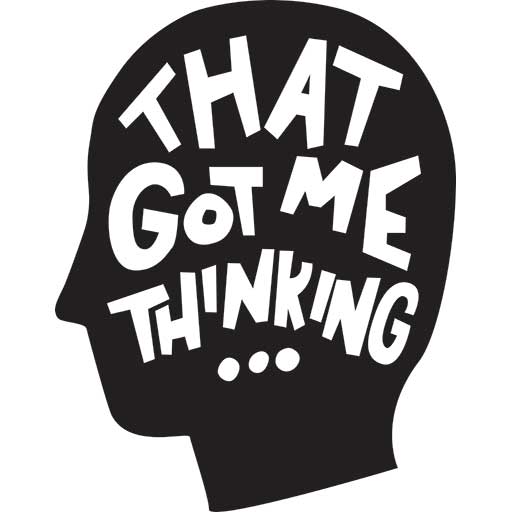One of the most essential elements of communication is that the message sent is the message received. Yes, you get points for trying, but not that many. If what you are attempting to communicate isn’t accurately “heard” you haven’t been properly understood and that’s a “fail.” Miscommunication leads to feelings of frustration, anger and dissonance. It also sets you up for future conflict as your unintended communication has set false expectations for future interactions.
There is currently lots of research, commentary and opinion on the affects of social media on our ability to successfully communicate. There are great articles, books and podcasts on the topic. The question is whether all of our texting, tweeting and emailing is helping or hindering our attempts to connect and communicate. My guess is it’s a mixed bag. What I do know is that with all these choices out there it means we need to be more conscious about the mode we choose to utilize.
Think of your options as tools, and select the best tool for the job. Writing gives you the benefits of time and control. You can take your time, construct, edit and rewrite. But you loose tone and repartee which can be critical to understanding. So, if you choose the written word, pay close attention to the response you get and look for signs of misunderstanding before forging on. Don’t let an initial mixup dictate the course of your exchange.
Personally, I like to talk on the phone. I like the privacy and I’ve got a lot to say. I enjoy the real time information exchange. I want immediate feedback to what I’m saying so that I can adjust, tune and clarify my response. I’m usually looking for the most authentic, accurate and efficient information exchange method possible. I also appreciate the benefits of hearing voice, tone, and the silent pause. These subtleties of reaction provide me with the best feedback on how my message is being received. But it’s not for everyone or every moment.
Think about your message, your objective, your personal preferences and competencies. Consider your audience. Assess the complexity of your communication. Is it a pure information exchange? Is this an area of high emotion? Are there high stakes involved or is it no big deal? Sometimes a picture is worth a thousand words and sometimes a word is all you need. So, optimize your communication by choosing the best mode possible and be diligent. Assure the intended message sent was the message received. Communicate, assess, clarify.

